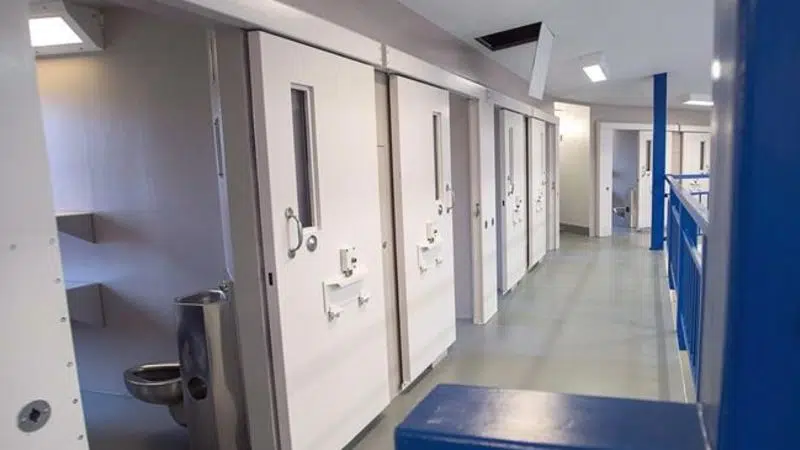
Canada’s parole officers say correctional system has reached breaking point
OTTAWA — Canada’s parole officers say the country’s corrections system is at a breaking point due to workloads that are “insurmountable” — a situation they say poses real risks to public safety.
A recent survey of parole officers by the Union of Safety and Justice Employees suggested more than two-thirds of parole workers are worried they’re not able to properly protect the public because they do not have time to adequately assess, supervise and prepare offenders for release.
The union, which represents the officers, says this means many offenders are left to fall through the cracks — offenders who, in some cases, may re-offend and harm the public or themselves.


